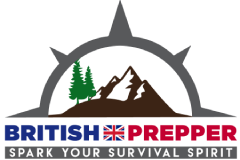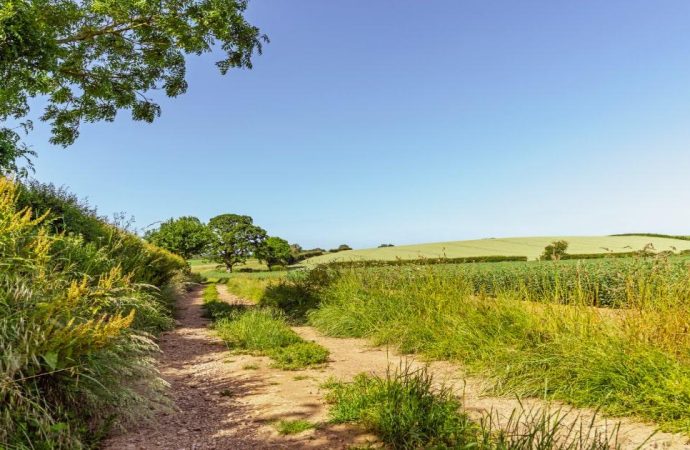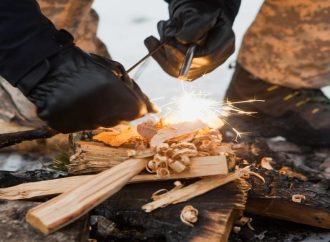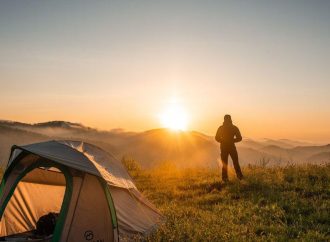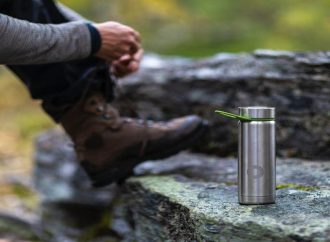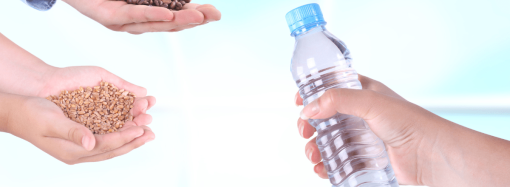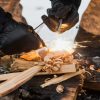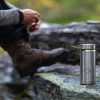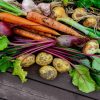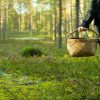When hard times come our way or we would simply like a more sustainable and free way to find food then foraging is a great idea – that is, if you know where to look. It also gives us more time in a natural environment and the whole family can get involved too. The UK
When hard times come our way or we would simply like a more sustainable and free way to find food then foraging is a great idea – that is, if you know where to look. It also gives us more time in a natural environment and the whole family can get involved too.
The UK as a whole is yet to discover how to be effective preppers who can learn how to forage in the countryside properly, which works to the advantage of a prepper and leaves lots more for us!
Foraging is a ‘go to’ way to eat from the land and it can supplement your current diet. It really is a way to rely on nature to add a little nourishment to your diet, and in a SHTF scenario can be a means to survival.
Plants offer a reliable source of sustenance and water, plus foraging gives us all an opportunity to spend time in the countryside and take in more fresh air. Although the countryside is not the only place you can forage, for instance the seaside or woodland areas can be great places to go foraging too, the wealth of food stuffs to be found in our great nation is quite mind-blowing.
Almost every different area of the UK can supply a variety of nutritious and healthy foods to the prepper. If you are wondering how to forage in the countryside, we have a few pieces of advice based on foraging in Britain that you can follow, making it easier for you to start your foraging journey now – so you know what to do and where to go should SHTF.
Top Tips For Foraging In The British Countryside
- Be cautious about locations. It is important to ensure that you have permission which is especially important in areas of natural beauty and sometimes a legal obligation. Permission can usually be obtained by contacting the council or the land management owner, but in a disaster event we feel anywhere is fair game if you’re hungry.
- As a beginner you will need to know which plants are safe and which ones that you need to avoid. There are many poisonous UK plants that can make you very ill and even cause death in extreme circumstances so becoming knowledgeable about what you are collecting is essential.
- It’s also important to steer clear of areas where the soil could be contaminated. This means trying to remain in natural surroundings rather than anywhere such as near factories or roads. Going where there are few human activities means the soil and water, and the foraged items too, tend to be safe.
- Areas where nettles and dandelions grow are in abundance. Those, and other weeds, are great to eat and will easily re-grow but you must trim the stems with a sharp knife so they have means to grow back for the next year.
- There are toxic species that can give you a simple rash, but there are some that can kill. Even though some may look particularly edible or medicinal, it’s important to do research so that you don’t harm yourself and others. Being aware of this is essential, for obvious reasons. You don’t want to have to deal with a major medical emergency whilst being nowhere near a doctor or hospital.
- When foraging, do use cotton, canvas or breathable bags rather than plastic containers – this way you can avoid moisture or mildew growth and your edibles remain fresher for longer.
- When you harvest, you should always do it responsibly and sustainably. This means not foraging everything in the area to decimate it, and leaving things for next time you need them – also leaving enough of a plant so that it is able to carry out its natural regrowth.
- Ensure that you walk lightly and politely to make sure that the ground underneath your feet is not damaged, otherwise some plants will be unable to grow when they are ready to
What Can Preppers Actually Forage In The Countryside?
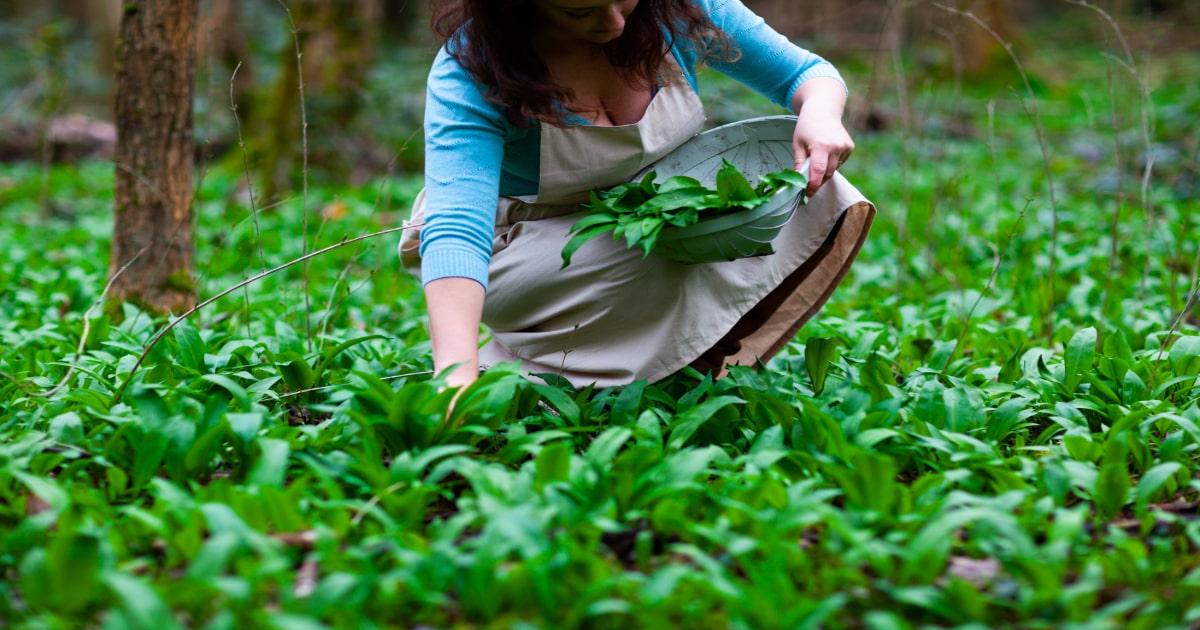
There’s no end of choice when it comes to deciding what to pick when you forage in the countryside around the UK. Check out the list below for just a small sample of what can be found in the British countryside.
Apples
If you can get there before the wildlife, wild apple trees can provide sour or sweet fruits depending on whether they are eaters or cookers. They are in abundance in the UK countryside and open areas throughout August and into September and October so pick apples to store before the frost arrives.
Blackberries
Growing vastly in hedgerows across the United Kingdom but especially in England, blackberries are full of vitamins, minerals and antioxidants. Pick the darkest fruits through June and July and create jars of jams to store, fruit pies or simply add to salads for a pop of flavour.
Calendula
The edible lilac petals of the Calendula plant are slightly peppery and used in salads, coleslaws, and as a decorative element of pasta dishes. You can find them growing in fields and meadows and their bright colour makes them instantly recognisable.
Cherries
All wild cherries are edible but taste differs between species, ranging from sweet to sour. Through May and June heavy cherry trees can be found in woodlands, hedgerows, open fields, parks and even on pathways in cities planted for decorative purposes.
Sweet Chestnuts
Edible chestnuts are shiny and brown with a point and the shell looks prickly, it usually contains three nuts but sometimes more or less. Avoid horse chestnuts, also known as conkers, as they are not edible – their shell is bumpy not spiky, and with usually just one rounded nut inside.
Chickweed
Often referred to as a weed and it grows well in woodlands, parks and gardens. Best harvested in June, its leaves are full of minerals and vitamins and nice added to salads. Can be used as a pesto base too.
Damsons
Through September to October, damsons can be found in hedgerows, parks, gardens and woodlands. They look very similar to sloes although the stems are not prickly. Just look up to see small purple fruits that appear as baby plums.
Elderberry
The flowers of the elder tree eventually turn into small purple berries late in summer. They do need to be cooked to be edible so perhaps make syrup and store in your supplies for when the SHTF. Head out to forage in the countryside where you will more than likely find the elder tree in vast numbers.
Elderflower
The elder tree is abundant throughout England and the multi-purpose flowers can be found in hedgerows and woodland and the tiny white floral sprays can be picked around the end of May. Infuse in water for cold or warm tea, or make cordial and store in vacuum sealed glass containers. It has a sweet, delicate taste.
Hawthorn
The berries of the thorny hawthorn bush can be best picked during November. The red berries are very similar to rosehips. You will need to boil them for use in jellies so you will need plenty of water whether bugging in or bugging out. When you find a bush you can be assured of a great haul.
Hazelnuts
Most ripe hazelnuts are to be found in hedgerows, parks, and woodlands in September and October. The hazelnuts need to dry out a little, but once the shell starts to peel they are ready to consume. They are also known as cobnuts and are abundant in the countryside if you know where to look.
Beech Nuts
Wild UK beech nuts are edible, but raw nuts should only be eaten in small quantities, they are ideal when cooked as roasting destroys the toxins present in raw nuts. If you can get there before the squirrels, they’re a great addition for the foraging prepper’s stockpile.
Hollyhocks
These beautiful flowers grow easily in sunny areas and has a range of wonderful uses. The tall plant has edible flowers, leaves and roots and almost tastes like marshmallows. Use as garnish, dressing, or team with fish. You can even use it mashed up as a skin salve. Do not confuse with foxgloves which grow in a similar upright fashion.
Lavender
The flowers of the lavender plant are edible and can be used to make tea, infuse cool water, biscuits and more. You can also steep them or squeeze to make lavender perfume or sugar scrub, ideal in a bug out situation with no deodorant or soap to fragrance your body.
Mallow
Mallow is a great plant and grows as a wild edible almost anywhere so it’s very common throughout Britain. Look out for sunny sites when you forage for mallow in the countryside. The flowers and leaves of this plant are both edible.
Mushrooms
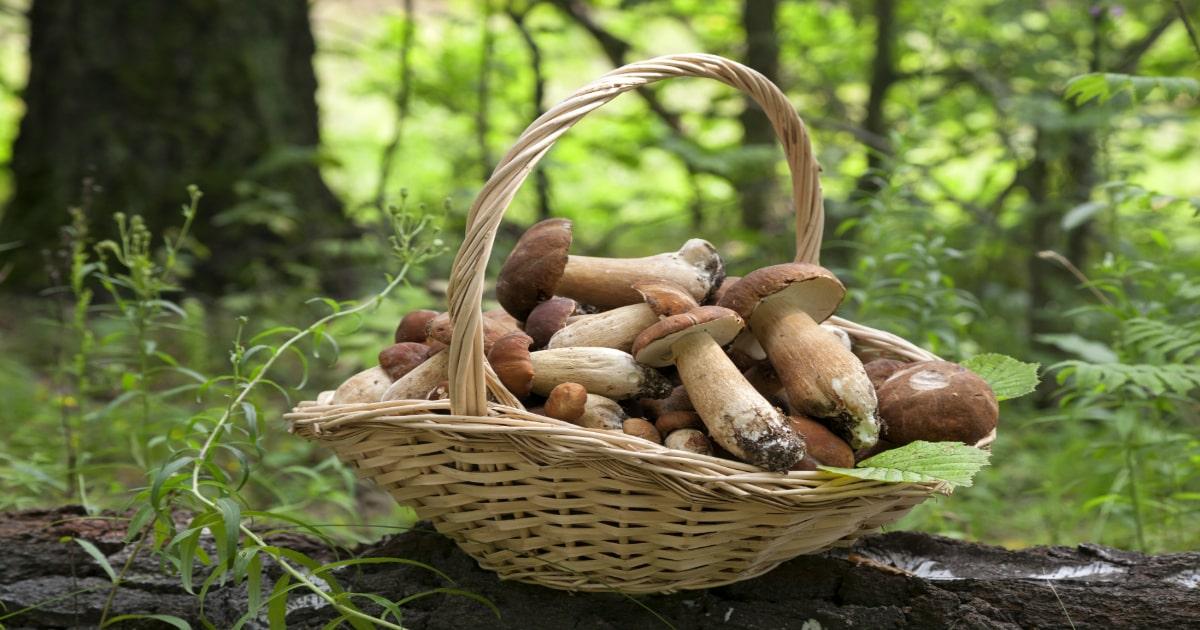
For the novice prepper, mushrooms you forage in the countryside should be cooked rather than eaten raw. In times of crisis you can do this over a fire when there’s no electricity. The Giant Puffball and the Hedgehog Fungus (unique to the UK) are safe. There are many other edible species but the two listed above are easy to identify to beginners.
Oyster mushrooms are also safe to eat and harvested usually in November, and Chantarelle are the best of all. Click here for a complete picture list of edible British mushrooms, or go one better and buy an edible mushroom guidebook to have in your bug out bag.
Nasturtium
Self-seeding, if you find one plant you’ll find plenty more of this peppery tasting flower in the vicinity. The entire flower and the leaves are edible and don’t need to be cooked so are an excellent go-to when you don’t have means to cook.
Nettles
Classed as weeds by most, nettles are found in abundance through England and beyond. Use gloves where possible, and pick in spring or later in the year before they flower. It is a vital superfood and a plant that is in abundance to be used as teas or the stems can make good cordage.
Pansies
The whole pansy flower is edible and its taste can be compared to lettuce. Use as a garnish, in salads, sandwiches or cakes. Self-seeding, they grow wild and can often be found in grasslands and cultivated areas within the UK. Failing that, they can be foraged from gardens.
Rose
During June the British wild rose flower is edible. The pink flowers with yellow centre (known as a dog rose) can be eaten, as can the white flowers of the field rose. Use in tea, as a garnish, or dry the petals to create a soothing bath if you do have water during a SHTF event.
Rosehips
Mainly ripening in August, you can forage in the countryside for these when they are orange or red and show no signs of green. You will find the wild rose plant in bushes and throughout the woods, but be sure to remove the inner spiky seeds as they can be an internal irritant to the throat and external irritant to skin
Sloes
Sloes look similar, although smaller, than damsons and can be picked in abundance throughout summer into autumn. They are ripe when the fruit can be squashed, a good sign is when the fruits start to drop. Unlike damsons, the stems are prickly.
Sorrel
Around March, sorrel is just starting to come through and you can tell the leaves from their pointed ends on the trailing edges. They have a lovely lemony taste, and just a couple of leaves can boost a salad and they’re great added to homemade soup too.
Native Sorrel
Native Sorrel is an alternative to the leafy Sorrel mentioned above. The leaves resemble a four-leaf clover, with only three leaves per stem, and it’s tangy and lemony taste means it’s great added to salads.
Viola
A beautiful flower resembling closely a pansy. Mildly sweet, the whole flower is edible and great used as garnish, cake decoration, and even in sandwiches.
Violet
Just like pansies they are truly beautiful and a great garnish to salads. Find them in hedgerows and in lightly shaded wooded areas and you don’t need that many to get the flavour out of them. Wild violet flowers can add a beautiful soft blue colour to almost any liquid.
Wild Garlic
The wild garlic leaves are delicious and foraging for wild garlic is legal because you are cutting above the ground and leaving the bulb intact so it can grow back. Cut leaves through winter, but March is when they are most abundant. You will smell them before you see them, we guarantee.
Wild Mustard
A distinctive plant, wild mustard greens are all edible. Young and tender leaves are better to eat raw as the older leaves are slightly tougher and should be cooked. Flowers and seeds can be consumed too.
Summary
Connect with British nature and go forage in the countryside to your heart’s content. By reading through our advice, you have perhaps come to the realisation that the UK has a huge choice of foods to forage and isn’t just limited to apples and blackberries.
Many so-called weeds, as much a surprise to some, are edible so pick to your heart’s delight. Become a true British prepper and get the kit to pick, gather and harvest following our advice and you will be well on your way to being confident of survival during a SHTF event.
